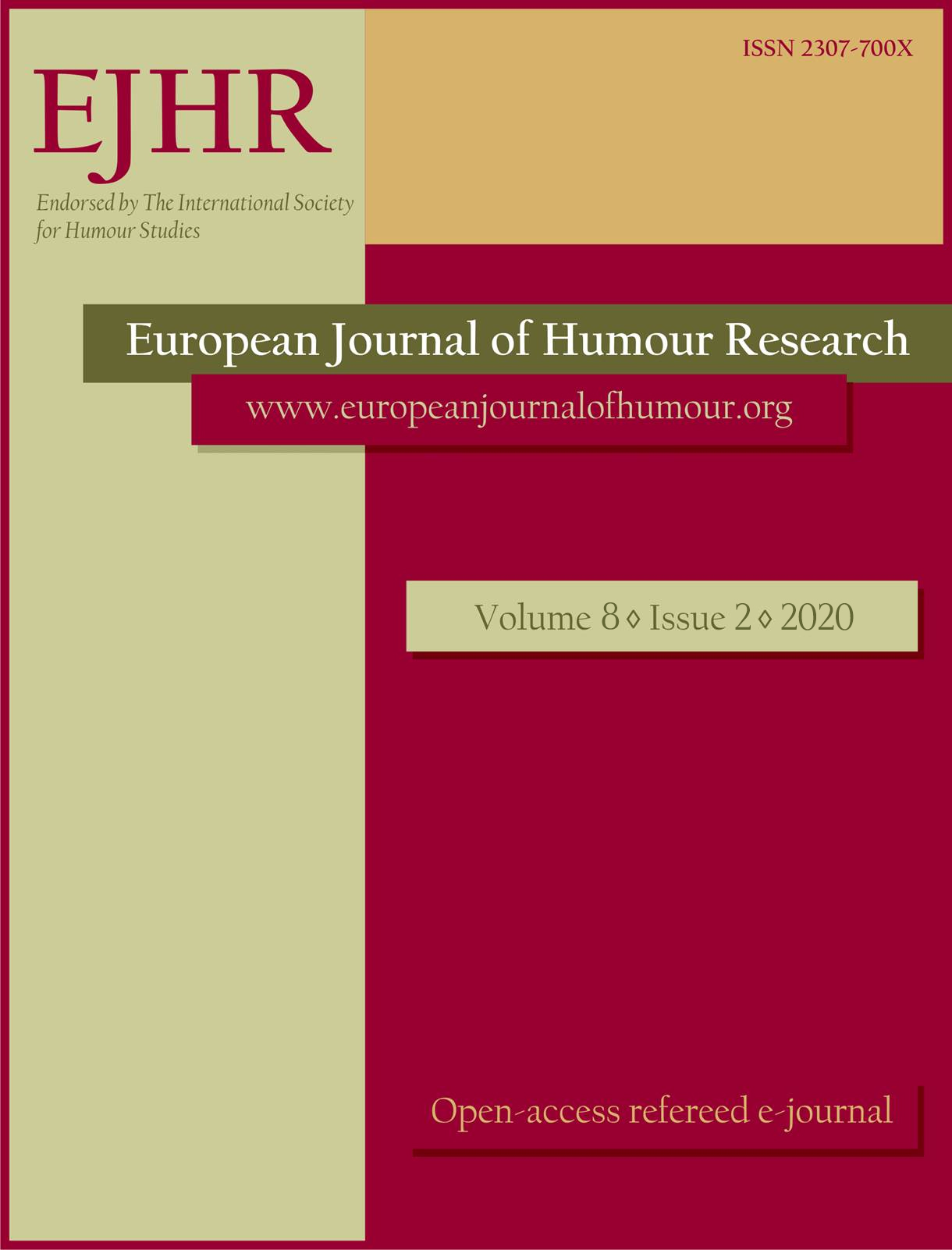Using intentional humour in a higher education classroom:
Using intentional humour in a higher education classroom:
connecting with, and building on Lovorn and Holaway (2015)
Author(s): Jannie Pretorius, Mariëtte Koen, Robert SchallSubject(s): Social Sciences, Language and Literature Studies, Education, Foreign languages learning, Theoretical Linguistics, Applied Linguistics, Pragmatics, Sociolinguistics, Descriptive linguistics, Adult Education, Higher Education
Published by: Krakowskie Towarzystwo Popularyzowania Wiedzy o Komunikacji Językowej Tertium
Keywords: intentional humour; Lovorn and Holaway (2015); higher education classroom; learning; teaching humour
Summary/Abstract: Positive humour can facilitate learning. From an educational perspective, it is important to examine how, when and why humour elicits a positive feeling in students, which, in its turn, creates an environment conducive to learning. Previous studies in humour research have focused on the generally perceived impact of humour in educational settings. Reflection on this idea gives rise to two questions. Will the use of intentional humour as a pedagogical tool indeed be perceived as such by students? Also, will a lecture containing positive humour affirm the impact of humour reported in academic literature? The researchers therefore decided that a lecture containing intentional humoristic elements would be presented to two groups of students with a view to determining their responses. To accomplish this, a mixed-methods approach was used, one employing a concurrent embedded nested design to explore the role and impact of intentional humour in two higher-education classrooms. A Likert-scale survey exploring six themes was developed regarding the impact of humour, as identified by Lovorn and Holaway (2015). Open spaces were provided to allow participants to expand quantitative responses. While the Mantel-Haenszel chi-square test statistic was used to analyse the quantitative data, content analysis was used to analyse the qualitative data. The theoretical framework for this paper was drawn from the instructional humour process theory (IHPT). Trustworthiness was gauged by applying Lincoln and Guba’s (1985) model of trustworthiness. The findings of the paper are in line with Lovorn and Holaway’s (2015) research, which suggests that when lecturers take advantage of the positive attributes of humour, it has the power to fuel both students’ engagement and their learning.
Journal: The European Journal of Humour Research
- Issue Year: 8/2020
- Issue No: 2
- Page Range: 146-165
- Page Count: 20
- Language: English

